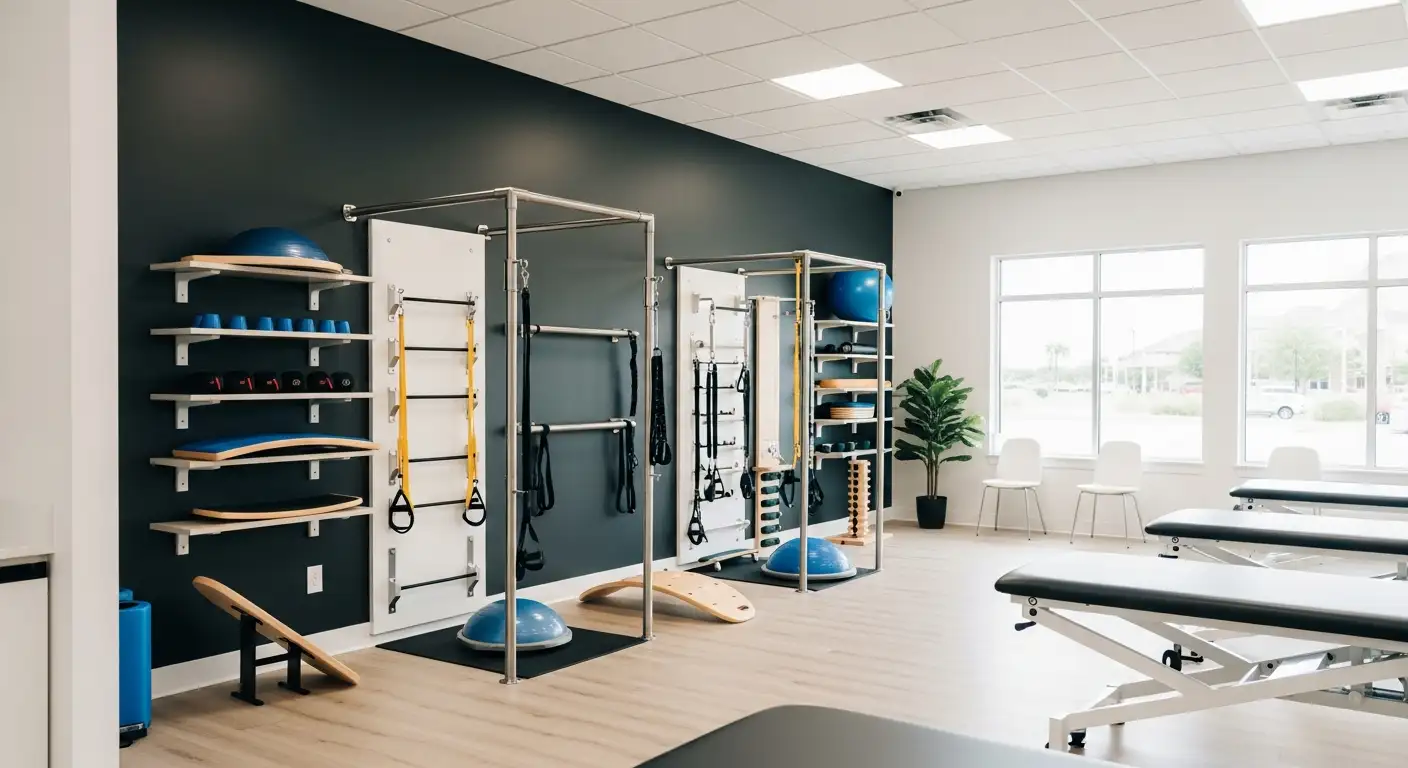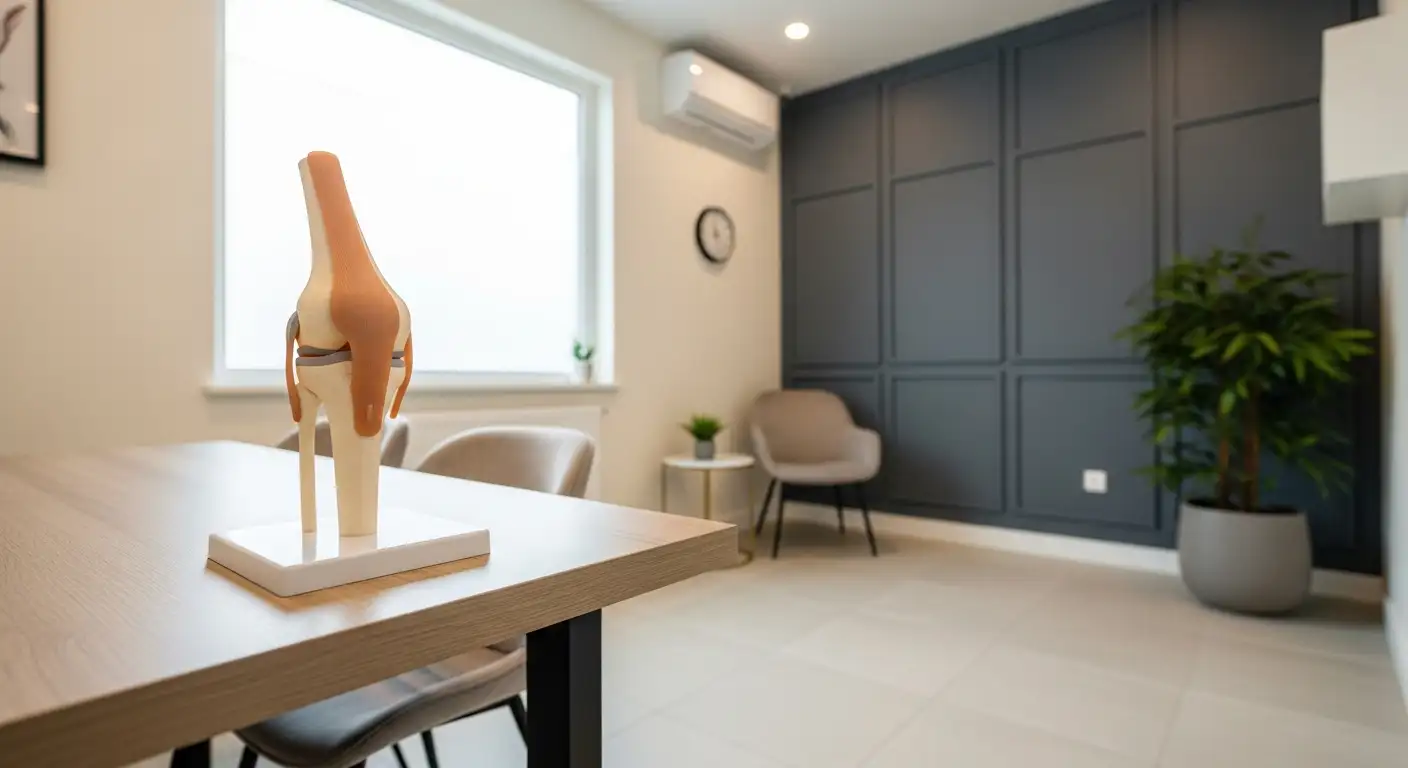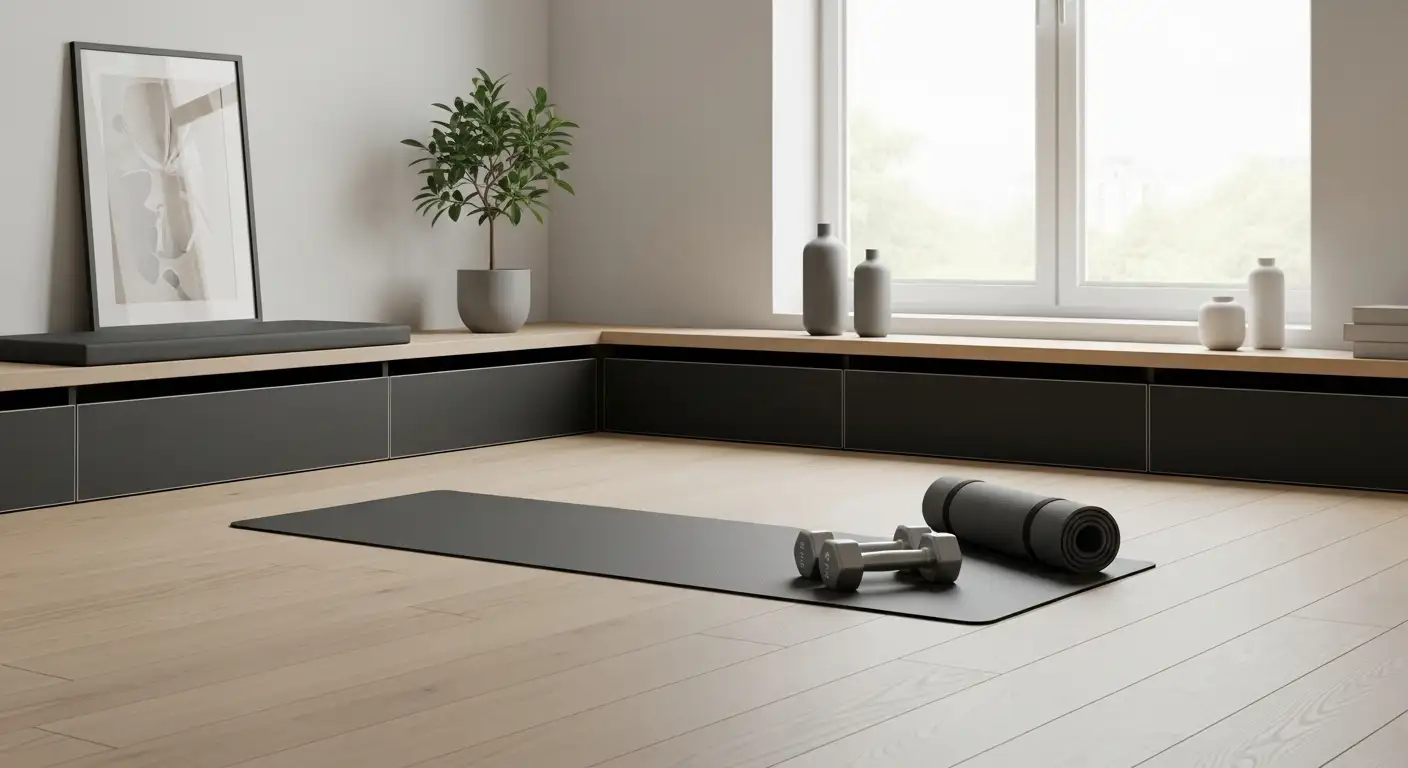Impact of Tight Hamstrings
Tight hamstrings can significantly affect knee health and contribute to various forms of knee pain. Understanding how these muscles impact the knees and lower back is crucial for overall well-being.

Connection to Knee Pain
The hamstrings consist of three muscles at the back of the thigh that run from the hip to the knee. When these muscles are tight, they can pull the back of the shin bone upward toward the body, effectively bending the knee. This action can lead to excessive pressure on the patella, resulting in anterior knee pain [1].
Individuals who engage in sports that involve running or sprinting are particularly prone to developing tightness or injury in their hamstrings [2]. Weak and inflexible hamstrings are also linked to conditions such as patellofemoral pain syndrome and osteoarthritis of the knee, which clearly indicates that maintaining the strength and flexibility of these muscles is vital for knee stability and movement.
Knee Pain ConditionRelationship to Tight HamstringsAnterior Knee PainExcessive load on the patellaPatellofemoral Pain SyndromeWeakness and inflexibility of hamstringsOsteoarthritis of the KneeAltered knee stability due to hamstring tightness
Influence on Lower Back
In addition to knee pain, tight hamstrings can influence lower back health. The relationship between hamstrings and the lower back is significant because tight hamstrings can lead to an imbalance in the pelvic position. When the hamstrings are tight, they can pull on the pelvis, potentially resulting in an excessive arch in the lower back. This position can cause discomfort and lead to lower back pain.
Tight hamstrings can also affect movement patterns, making activities such as bending over or lifting more difficult. This can increase the risk of strain on the lower back, especially in individuals who sit for prolonged periods, as sitting keeps the hamstrings in a shortened position. Over time, this can contribute to both weakness and inflexibility, impacting not just knee health but overall bodily function.
It is essential for individuals with tight hamstrings to engage in appropriate stretching and strengthening exercises to improve flexibility and reduce the risk of knee and lower back pain. For recommendations on knee health products, consider exploring knee wraps for pain and knee hyperextension braces to support recovery and functionality.
Causes of Tight Hamstrings
Understanding the factors that contribute to tight hamstrings is essential to addressing related knee pain. Two primary causes include the effects of physical activity and the role of prolonged sitting.
Effects of Physical Activity
Engaging in sports and activities that involve running or sprinting can lead to tightness or injury in the hamstrings. The hamstrings are made up of three muscles at the back of the thigh, extending from the hip to the knee. Athletes often experience increased tension in these muscles due to repetitive motion and lack of proper stretching [2].
When hamstrings are inflexible, it can limit the ability to fully stride during running, placing additional load on the knee. This increased stress on the knee can potentially lead to pain over time.
Activity TypeImpact on HamstringsRunningIncreases tension due to repetitive movementSprintingMay cause injury from quick muscle contractionsInadequate stretchingLeads to inflexibility and tightness
Role of Prolonged Sitting
A sedentary lifestyle is another significant factor in developing tight hamstrings. Prolonged sitting puts the muscles in a shortened position for extended periods, which can lead to both weakness and inflexibility.
Individuals who spend long hours working at desks, especially without taking breaks to stretch, may find that their hamstrings become tight. This tightness can affect overall knee health, contributing to pain or discomfort in that area. Adequate stretching and breaks during long periods of sitting are crucial to prevent these issues [4].
Sitting DurationEffect on Hamstrings1-2 hoursMinor tightness possible3-4 hoursIncreased tightness and potential weaknessOver 4 hoursHigh risk for significant tightness and knee pain
Being aware of how physical activity and sedentary habits contribute to tight hamstrings is vital. Addressing these factors through exercise, stretches, and proper posture can help in mitigating the risk of knee pain related to hamstring tightness. For more insights on how to manage knee pain, consider exploring options such as a knee wrap for pain or engaging in targeted exercises like the vastus medialis stretch.
Importance of Stretching
Stretching plays a vital role in maintaining overall muscle health and functionality. In particular, focusing on the hamstrings can have a significant impact on both posture and injury prevention, especially for individuals concerned about whether tight hamstrings can cause knee pain.
Effect on Posture
Stretching the hamstrings keeps these muscles loose and flexible, improving posture and increasing overall flexibility. This can also help to prevent lower back pain, which is often exacerbated by tight hamstrings [2]. Below is a table that highlights some key benefits of improved flexibility for posture:
BenefitDescriptionImproved AlignmentHelps align the spine properly, reducing slouching.Enhanced MobilityIncreases ease of movement during daily activities.Decreased Back TensionReduces strain on lower back muscles and joints.
Prevention of Injuries
Stretching is critical in preventing knee injuries, as tight muscles contribute to various injuries. Incorporating flexibility exercises into workouts can enhance knee health. Stretching the hamstrings allows for a full range of motion, reducing the reliance on other muscle groups, thus preventing strains and overuse injuries. This is particularly important for runners and cyclists, who often face a heightened risk of hamstring-related issues. The table below summarizes relevant findings regarding injury prevention.
Injury Prevention AspectExplanationIncreased Range of MotionAllows joints to move more freely without restriction.Reduced Muscle StrainLessens the likelihood of exertion-related injuries.Enhanced PerformancePromotes increased efficiency while exercising.
Additionally, a study found that loading the hamstrings increased patellar flexion and lateral motion, which can be significant for knee health. For further details on these biomechanical effects, visit the National Library of Medicine.
By incorporating regular hamstring stretching into fitness routines, individuals can support their knee joints and overall movement. This understanding of the importance of stretching demonstrates how it can alleviate discomfort, prevent injuries, and foster a healthier lifestyle.
Strengthening Hamstring Muscles
Tight hamstrings can significantly influence knee health. Strengthening the hamstrings is a key step in promoting knee stability and performance.
Support for Knee Joint
Hamstrings play a crucial role in controlling knee movement. When they are weak or tight, their ability to support the knee joint diminishes. Weak muscles are a leading cause of knee injuries. Strengthening both the quadriceps and hamstrings enhances support for the knee, preventing injuries and helping to maintain proper alignment during movement. Regularly incorporating hamstring strengthening exercises can address instability that may contribute to conditions such as patellofemoral pain syndrome and osteoarthritis of the knee.
Muscle GroupFunctionWeakness ImpactHamstringsControl knee movementIncreased risk of knee injuriesQuadricepsStabilize knee jointInstability and improper movement
Muscle Imbalances
Muscle imbalances between the quadriceps and hamstrings can lead to significant knee problems. When one muscle group is stronger or tighter than the other, it can create uneven stress on the knee joint and its surrounding structures, potentially leading to pain and dysfunction.
Strengthening exercises for hamstrings are essential in addressing these imbalances. By enhancing the hamstrings' strength and flexibility, individuals can improve overall knee function and reduce discomfort caused by tight or weak muscles. Stretching the hamstrings can also support these efforts, as it keeps the muscles flexible, thereby improving posture and preventing lower back pain [2].
Incorporating both strengthening and stretching routines can significantly mitigate the risk of knee issues associated with tight hamstrings. These preventive measures are important for maintaining long-term knee health. For those interested in specific exercises, refer to our guide on 5 exercises to fix patellar tracking disorder.
Effective Stretching Techniques
Stretching techniques play a vital role in managing tight hamstrings and can potentially alleviate related knee pain. Understanding the difference between dynamic and static stretches is essential for maximizing effectiveness.
Dynamic vs Static Stretches
Dynamic stretches involve active movement to stretch muscles, preparing them for physical activity. These stretches are often performed before exercise and have been found to be more effective in reducing pain associated with tight hamstrings than static stretches held for longer periods [3].
Stretch TypeDescriptionBest TimingDynamic StretchActive movements such as leg swings and walking lungesBefore exerciseStatic StretchHolding a position, such as a seated hamstring stretchAfter exercise
Static stretches, on the other hand, involve holding a position for 15 to 30 seconds to improve flexibility and reduce muscle soreness. These are recommended after exercise to help elongate muscles post-activity.
Recommended Hamstring Stretches
Incorporating a variety of hamstring stretches can enhance flexibility and help alleviate knee pain. Some effective stretches include:
Incorporating these stretches into a regular routine can improve flexibility and assist in managing knee pain. For further information on knee-related issues, consider reviewing knee wrap for pain or 5 exercises to fix patellar tracking disorder.
Managing Knee Pain and Tight Hamstrings
Tight hamstrings may contribute to knee pain, and effective management strategies can help alleviate discomfort and prevent further issues. This section outlines exercises to alleviate pain and long-term prevention strategies for maintaining knee health.
Exercises to Alleviate Pain
Regular exercise is crucial for managing knee pain associated with tight hamstrings. Here are some recommended exercises:
Incorporating these exercises into a routine can help alleviate knee discomfort and improve muscle flexibility.
Exercise TypeBenefitsGlute StretchesImproves flexibility and mobilityPilatesReduces pain, enhances functioning
Long-term Prevention Strategies
Preventing knee pain and tight hamstrings includes several proactive measures:
Establishing a consistent practice of strengthening and stretching exercises can significantly reduce the risk of knee pain and improve overall joint function. To explore specific exercises for related conditions, consider our guide on 5 exercises to fix patellar tracking disorder or check for knee support options like a knee wrap for pain.
References
[2]:
[3]:
[4]:
[5]:
[6]:





